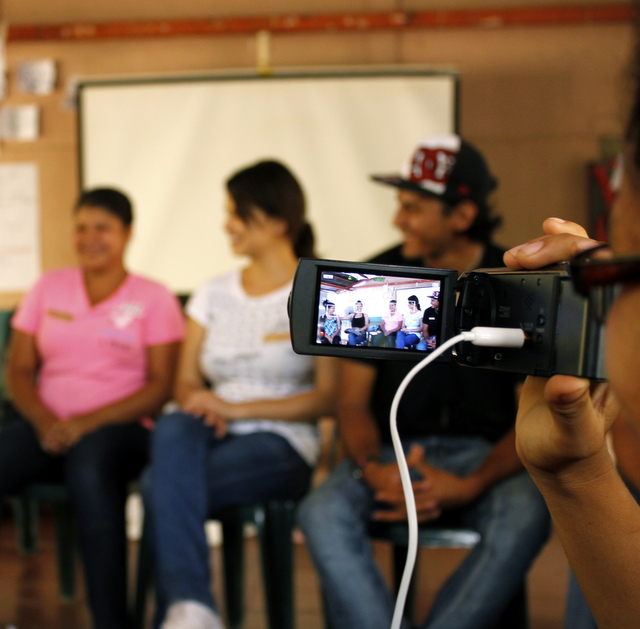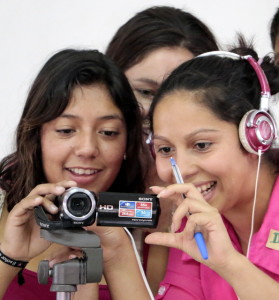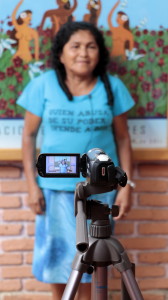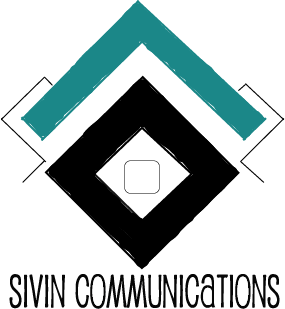Systematization of Participatory Video as a tool for Rural Women’s Empowerment
01 Nov 2016, Posted by in News
Women have a very important role in Nicaragua’s agriculture and livestock production. Nevertheless, their contributions to achieving food security and sustainable development for their families and communities have been undervalued. To ensure we include a well-rounded gender perspective in our research, it is important to have a clear understanding of the challenges and opportunities faced by both male and female smallholder farmers. Successful agricultural research for development (AR4D) should go further than merely generating quantitative research findings; it should aim to understand the context in which the research takes place and include all groups that make up the research context in the process – include their voices, opinions, needs and ideas, and look for ways to communicate these to a variety of audiences.
 For these reasons, the International Center for Tropical Agriculture (CIAT) through the CGIAR Research Program on Integrated Systems for the Humid Tropics (Humidtropics) and the CGIAR Research Program on Climate Change, Agriculture and Food Security (CCAFS) conducted a pilot project to test a Participatory Video (PV) methodology. Its purpose was to provide a hands-on methodology for interested parties to learn how to design and implement a Participatory Video project, using Information and Communication Technologies (ICTs) to empower rural farming communities while providing a platform to bring their voices into the larger development debate.
For these reasons, the International Center for Tropical Agriculture (CIAT) through the CGIAR Research Program on Integrated Systems for the Humid Tropics (Humidtropics) and the CGIAR Research Program on Climate Change, Agriculture and Food Security (CCAFS) conducted a pilot project to test a Participatory Video (PV) methodology. Its purpose was to provide a hands-on methodology for interested parties to learn how to design and implement a Participatory Video project, using Information and Communication Technologies (ICTs) to empower rural farming communities while providing a platform to bring their voices into the larger development debate.
After the PV project was successfully implemented in two of Nicaragua’s rural farming communities, a systematization report was developed to summarise the experience. By telling this story, we seek to create a tool for self-reflection while inspiring fellow researchers and development practitioners to make use of the PV methodology’s powerful adaptability within a broad range of projects. We also hope partners will learn from our PV experience as they apply the tool within their own AR4D contexts. This report is useful to local, national and international NGOs, government institutions, research centers, academic institutions, and grassroots groups. Since our PV experience was facilitated within an agriculture and gender context, this systematization report may be particularly useful to institutions working on gender and agriculture-related topics.
For the entire report please click here.
Background
 In light of this pilot project, two pilot workshops have been conducted between 2014 and 2015. With cross-cutting linkages to inclusive gender, youth, and communication components, the projects explored the potential of transformative processes stemming from learning experiences at community level. The first PV workshop was conducted with a group of young rural women and men from La Danta (Somotillo, Nicaragua), a rural community in one of Humidtropics’ Field Sites in the Central America and the Caribbean (CAC) Flagship project. Based on this PV experience, a training manual was developed and validated through a second PV workshop, which was conducted with a group of young rural women from the communities in the outskirts of Estelí, a municipality in center-north Nicaragua. Here, “Lights, Camera, Action: Participatory Video to Empower Rural Women and Youth” was implemented as a Humidtropics Capacity Development project in 2015.
In light of this pilot project, two pilot workshops have been conducted between 2014 and 2015. With cross-cutting linkages to inclusive gender, youth, and communication components, the projects explored the potential of transformative processes stemming from learning experiences at community level. The first PV workshop was conducted with a group of young rural women and men from La Danta (Somotillo, Nicaragua), a rural community in one of Humidtropics’ Field Sites in the Central America and the Caribbean (CAC) Flagship project. Based on this PV experience, a training manual was developed and validated through a second PV workshop, which was conducted with a group of young rural women from the communities in the outskirts of Estelí, a municipality in center-north Nicaragua. Here, “Lights, Camera, Action: Participatory Video to Empower Rural Women and Youth” was implemented as a Humidtropics Capacity Development project in 2015.
For more information, please contact Shadi Azadegan (s.v.azadegan@cgiar.org) or Manon Koningstein (sivincommunications@gmail.com).
Shadi Azadegan is the Communications Specialist for Central America and the Caribbean for CIAT.
Manon Koningstein is the founder of Sivin Communications. Sivin Communications is an agency for Communications for a Social Change focusing on the use of tailored, innovative and participatory communication tools to ensure an inclusion of all groups involved in a communication process to reach real change through two-way communication and provide stories of the needs and wants of a group around specific themes and topics.

[…] Research Program on the Integrated Systems for the Humid Tropics working on systematising our Participatory Video project in Nicaragua and summarising our […]